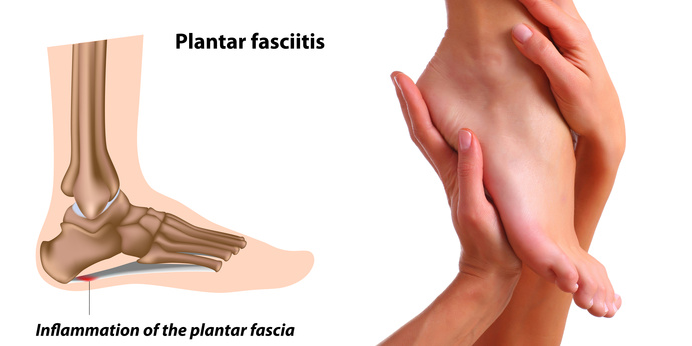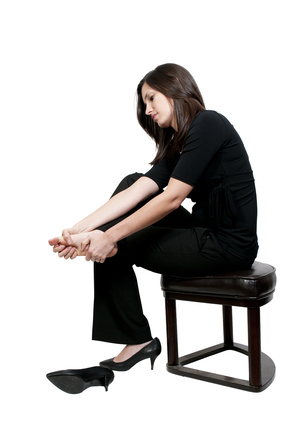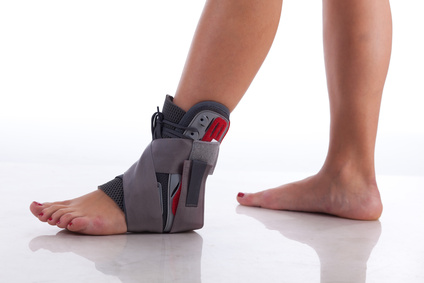 Pain in the heel can occur due to bone spurs, inflammation of the plantar fascia (known as plantar fasciitis) or impingement of the small nerves in the foot.
Pain in the heel can occur due to bone spurs, inflammation of the plantar fascia (known as plantar fasciitis) or impingement of the small nerves in the foot.
The feet bear the weight of the body upon them, but the heel of the foot receives little thought unless it begins to hurt. Pain can originate under the heel or the back of the heel in the Achilles tendon. Inflammation, swelling and pain are common complaints associated with the heel.
An injury to any part of the heel can be extremely painful, producing inflammation and swelling. Individuals may have difficulty flexing their foot up or down, standing on their toes, or even walking. A heel injury may also result in a tingling sensation indicating the need for immediate medical care that will often require rehabilitation with a physical therapist.
Suffering from Heel Pain
 Have you ever experienced a sharp pain in your heel for no apparent reason?
Have you ever experienced a sharp pain in your heel for no apparent reason?
Plantar fasciitis is the most common cause of heel pain resulting from running and jogging, obesity, and excessive standing. Pain may be present when getting up after long periods of sitting. Symptoms of plantar fasciitis include pain on or around the heel when weight is placed on the foot. This is usually worst in the morning, especially with the first few steps after getting out of bed.
Common causes of heel pain include:
- Excessive running or jumping
- Overload of physical activity (especially for athletes)
- High arches, flat feet, abnormal gait
- Wearing improper shoes while walking or running
- Diabetes contributes to heel pain in the elderly
- Recent weight gain or pregnancy
Take the Right Steps
An injury to the heel can have a variety of causes, from arthritis and heel spurs to stress fractures and tendon injuries. It’s important for individuals not to overwork the heel.
Physical therapy can prepare your feet for rigorous usage and relieve the effects of overuse. Physical therapy can help in multiple areas that include:
help in multiple areas that include:
- Foot or heel supports
- Remedy gait problems
- Reduce plain, inflammation and swelling
- Identify mechanical dysfunction
- Increased foot support
- Improved flexibility
- Build strength and endurance
Most people with heel pain get better with physical therapy. Therapy usually includes stretching the calf muscles (on the back of the lower leg) to take the tension off the plantar fascia. Your physical therapist can help you reduce the risk of injuring your heel with specific stretches, exercises and warm-ups that will prepare your foot for action. He/she can help you choose the right shoes for specific activities. Footwear varies widely and a shoe that’s appropriate for power walking won’t be appropriate for jogging or running a marathon.
Call our office today, and we’ll help you take the right steps without pain.